Properties
| Storage Buffer | PBS pH 7.4, 0.02% Proclin 300, 50% glycerol |
| Storage Temperature | -20ºC |
| Shipping Temperature | Blue Ice or 4ºC |
| Purification | AmMagTM Ultra AT Protein A MagBeads |
| Clonality | Recombinant Monoclonal |
| Clone Number | PT55 |
| Isotype | IgG Kappa |
| Specificity | Detects region of CASK containing the first L27 domain, ~100kDa. |
| Cite This Product | Rabbit Anti-Human CASK Recombinant Monoclonal (StressMarq Biosciences, Victoria BC, Cat# SMC-626) |
| Certificate of Analysis | 1 µg/ml was sufficient for detection of CASK on Rat Brain Membrane lysate. |
Biological Description
| Alternative Names | Peripheral plasma membrane protein CASK Antibody, Calcium/calmodulin-dependent serine protein kinase Antibody, Calcium calmodulin-dependent serine protein kinase Antibody, LIN2 Antibody, Lin-2 homolog Antibody |
| Research Areas | Cell Markers, Cell Signaling, Neuroscience, Scaffold Proteins, Cell Structure |
| Cellular Localization | Nucleus, Cytoplasm, Cell membrane |
| Accession Number | NP_003679.2 |
| Gene ID | 8573 |
| Swiss Prot | O14936 |
| Scientific Background | CASK (calmodulin sensitive kinase) is a ~112kDa member of the membrane associated guanylate kinase (MAGUK) protein family. It is an adaptor protein with a calcium/calmodulin-dependent protein kinase domain, a SH3 domain, a guanylate kinase homology domain (GUK) and a PDZ domain. CASK links transmembrane proteins to the cytoskeleton and signaling molecules. In particular, CASK binds to Neurexin to stabilize pre- and post-synaptic structures (1). While most of CASK proteins are cytoplasmic, a portion of the protein enters the nucleus, where it acts as a transcriptional co-activator (2). Manifesting the importance of CASK, transgenic mice with insertional mutations die within 24 hours of births (3). CASK is also localized in the nuclei of basal keratinocytes in newborn rodent skin and developing hair follicles. It may play a role in wound healing (4). Our Anti-Human Cask recombinant monoclonal has been demonstrated to detect the target in several cell lines and in rodent brains. |
| References |
1.,Hata, Y., Butz, S., & Südhof, T. C. (1996). CASK: A novel dlg/PSD95 homolog with an N-terminal calmodulin-dependent protein kinase domain identified by interaction with neurexins. Journal of Neuroscience, 16(8), 2488–2494. DOI: 10.1523/JNEUROSCI.16-08-02488.1996 2.,Hsueh, Y. P., Wang, T. F., Yang, F. C., & Sheng, M. (2000). Nuclear translocation and transcription regulation by the membrane-associated guanylate kinase CASK/LIN-2. Nature, 404(6775), 298–302. DOI: 10.1038/35005118 3.,Laverty, H. G., & Wilson, J. B. (1998). Murine CASK is disrupted in a sex-linked cleft palate mouse mutant. Genomics, 53(1), 29–41. DOI: 10.1006/geno.1998.5479 4.,Ojeh, N., Pekovic, V., Jahoda, C., & Maatta, A. (2008). The MAGUK-family protein CASK is targeted to nuclei of the basal epidermis and controls keratinocyte proliferation. Journal of Cell Science, 121(16), 2705–2717. DOI: 10.1242/jcs.025643. |
Product Images
![<p>Western blot analysis with Stressmarq’s Rabbit Anti-CASK Monoclonal Antibody, Clone PT55 (SMC-626) showing detection of Human CASK protein in a transient over-expression (OE) lysate (OriGene LY401218). Block: 2% skim milk + 2% BSA for 1 hour at RT. Primary Antibody: Rabbit Anti-Human CASK Recombinant Monoclonal [PT55] (SMC-626) at 1:10,000 for 2 hours at RT. Secondary Antibody: Goat anti-rabbit IgG-HRP (H&L) at 1:5000 for 1 hour at RT. Color Development: Chemiluminescent for HRP (Moss) for 1 min at RT in the dark. Exposed 1 second. NOTE: The ORF clone contains a C-term DDK tag; results were confirmed using Anti-DDK antibody (OriGene TA592569), showing band at ~45kDa is related to a C-term fragment of the CASK protein (data not shown). Literature explains the presence of the ~70kDa by stating that phosphorylation of CASK can lead to its degradation which may produce multiple fragments, including a 70kDa fragment.</p>](https://www.stressmarq.com/wp-content/uploads/SMC-626_Cask_Antibody_PT55_WB_Human_HEK293-OE-lysate_1.png)
Western blot analysis with Stressmarq’s Rabbit Anti-CASK Monoclonal Antibody, Clone PT55 (SMC-626) showing detection of Human CASK protein in a transient over-expression (OE) lysate (OriGene LY401218). Block: 2% skim milk + 2% BSA for 1 hour at RT. Primary Antibody: Rabbit Anti-Human CASK Recombinant Monoclonal [PT55] (SMC-626) at 1:10,000 for 2 hours at RT. Secondary Antibody: Goat anti-rabbit IgG-HRP (H&L) at 1:5000 for 1 hour at RT. Color Development: Chemiluminescent for HRP (Moss) for 1 min at RT in the dark. Exposed 1 second. NOTE: The ORF clone contains a C-term DDK tag; results were confirmed using Anti-DDK antibody (OriGene TA592569), showing band at ~45kDa is related to a C-term fragment of the CASK protein (data not shown). Literature explains the presence of the ~70kDa by stating that phosphorylation of CASK can lead to its degradation which may produce multiple fragments, including a 70kDa fragment.
![<p>Immunocytochemistry/Immunofluorescence analysis Stressmarq’s Rabbit Anti-CASK Monoclonal Antibody, Clone PT55 (SMC-626). Tissue: Pheochromocytoma cells (PC-12). Species: Rat. Fixation: 4% PFA for 10 min at RT. Permeabilization: 0.15% TritonX for 15 min at RT. Blocking: 10% goat serum for 40 min at RT. Primary Antibody: Rabbit Anti-Human CASK Recombinant Monoclonal [PT55] (SMC-626) at 1:100 for 1 hour at RT. Secondary Antibody: Goat anti-Rabbit IgG-AlexaFluor488 (green) at 1:1000 for 1 hour at RT in the dark. Counterstain: DAPI (blue) nuclear stain at 1:1000 for 5 min at RT in the dark.</p>](https://www.stressmarq.com/wp-content/uploads/SMC-626_Cask_Antibody_PT55_ICC-IF_Rat_Pheochromocytoma-cells_1.png)
Immunocytochemistry/Immunofluorescence analysis Stressmarq’s Rabbit Anti-CASK Monoclonal Antibody, Clone PT55 (SMC-626). Tissue: Pheochromocytoma cells (PC-12). Species: Rat. Fixation: 4% PFA for 10 min at RT. Permeabilization: 0.15% TritonX for 15 min at RT. Blocking: 10% goat serum for 40 min at RT. Primary Antibody: Rabbit Anti-Human CASK Recombinant Monoclonal [PT55] (SMC-626) at 1:100 for 1 hour at RT. Secondary Antibody: Goat anti-Rabbit IgG-AlexaFluor488 (green) at 1:1000 for 1 hour at RT in the dark. Counterstain: DAPI (blue) nuclear stain at 1:1000 for 5 min at RT in the dark.
![<p>Immunohistochemistry analysis with Stressmarq’s Rabbit Anti-CASK Monoclonal Antibody, Clone PT55 (SMC-626). Tissue: Brain. Species: Mouse. Fixation: Paraffin embedded, 4um thin. Blocking: 3% milk for 1 hour at RT. Primary Antibody: Rabbit Anti-Human CASK Recombinant Monoclonal [PT55] (SMC-626) at 1:100 for 1 hour at RT. Secondary Antibody: Goat anti-rabbit IgG-HRP (H&L) at 1:100 for 45 min at RT. Counterstain: Hematoxylin (purple) nuclear stain at 1:10 for 5 min at RT. Color Development: DAB at 1:50 for 15 min at RT.</p>](https://www.stressmarq.com/wp-content/uploads/SMC-626_Cask_Antibody_PT55_IHC_Mouse_Brain_1.png)
Immunohistochemistry analysis with Stressmarq’s Rabbit Anti-CASK Monoclonal Antibody, Clone PT55 (SMC-626). Tissue: Brain. Species: Mouse. Fixation: Paraffin embedded, 4um thin. Blocking: 3% milk for 1 hour at RT. Primary Antibody: Rabbit Anti-Human CASK Recombinant Monoclonal [PT55] (SMC-626) at 1:100 for 1 hour at RT. Secondary Antibody: Goat anti-rabbit IgG-HRP (H&L) at 1:100 for 45 min at RT. Counterstain: Hematoxylin (purple) nuclear stain at 1:10 for 5 min at RT. Color Development: DAB at 1:50 for 15 min at RT.
![<p>Immunocytochemistry/Immunofluorescence analysis with Stressmarq’s Rabbit Anti-CASK Monoclonal Antibody, Clone PT55 (SMC-626). Tissue: Neuroblastoma cells (Kelly). Species: Human. Fixation: 4% PFA for 10 min at RT. Permeabilization: 0.15% TritonX for 15 min at RT. Blocking: 10% goat serum for 40 min at RT. Primary Antibody: Rabbit Anti-Human CASK Recombinant Monoclonal [PT55] (SMC-626) at 1:100 for 1 hour at RT. Secondary Antibody: Goat anti-Rabbit IgG-AlexaFluor488 (green) at 1:1000 for 1 hour at RT in the dark. Counterstain: DAPI (blue) nuclear stain at 1:1000 for 5 min at RT in the dark. Note: Phalloidin stain was used to visualize any potential nuclear F-actin.</p>](https://www.stressmarq.com/wp-content/uploads/SMC-626_Cask_Antibody_PT55_ICC-IF_Human_Neuroblastoma-cells_1.png)
Immunocytochemistry/Immunofluorescence analysis with Stressmarq’s Rabbit Anti-CASK Monoclonal Antibody, Clone PT55 (SMC-626). Tissue: Neuroblastoma cells (Kelly). Species: Human. Fixation: 4% PFA for 10 min at RT. Permeabilization: 0.15% TritonX for 15 min at RT. Blocking: 10% goat serum for 40 min at RT. Primary Antibody: Rabbit Anti-Human CASK Recombinant Monoclonal [PT55] (SMC-626) at 1:100 for 1 hour at RT. Secondary Antibody: Goat anti-Rabbit IgG-AlexaFluor488 (green) at 1:1000 for 1 hour at RT in the dark. Counterstain: DAPI (blue) nuclear stain at 1:1000 for 5 min at RT in the dark. Note: Phalloidin stain was used to visualize any potential nuclear F-actin.
![<p>Western blot analysis with Stressmarq’s Rabbit Anti-CASK Monoclonal Antibody, Clone PT55 (SMC-626) showing detection of Human CASK protein in a rat brain membrane lysate. Block: 2% skim milk + 2% BSA for 1 hour at RT. Primary Antibody: Rabbit Anti-Human CASK Recombinant Monoclonal [PT55] (SMC-626) at 1:1000 for 2 hours at RT. Secondary Antibody: Goat anti-rabbit IgG-HRP (H&L) at 1:5000 for 1 hour at RT. Color Development: Chemiluminescent for HRP (Moss) for 3 min at RT in the dark. Exposed 1 second.</p>](https://www.stressmarq.com/wp-content/uploads/SMC-626_Cask_Antibody_PT55_WB_Rat_Brain-membrane-lysate_1.png)
Western blot analysis with Stressmarq’s Rabbit Anti-CASK Monoclonal Antibody, Clone PT55 (SMC-626) showing detection of Human CASK protein in a rat brain membrane lysate. Block: 2% skim milk + 2% BSA for 1 hour at RT. Primary Antibody: Rabbit Anti-Human CASK Recombinant Monoclonal [PT55] (SMC-626) at 1:1000 for 2 hours at RT. Secondary Antibody: Goat anti-rabbit IgG-HRP (H&L) at 1:5000 for 1 hour at RT. Color Development: Chemiluminescent for HRP (Moss) for 3 min at RT in the dark. Exposed 1 second.

![Western blot analysis with Stressmarq’s Rabbit Anti-CASK Monoclonal Antibody, Clone PT55 (SMC-626) showing detection of Human CASK protein in a transient over-expression (OE) lysate (OriGene LY401218). Block: 2% skim milk + 2% BSA for 1 hour at RT. Primary Antibody: Rabbit Anti-Human CASK Recombinant Monoclonal [PT55] (SMC-626) at 1:10,000 for 2 hours at RT. Secondary Antibody: Goat anti-rabbit IgG-HRP (H&L) at 1:5000 for 1 hour at RT. Color Development: Chemiluminescent for HRP (Moss) for 1 min at RT in the dark. Exposed 1 second. NOTE: The ORF clone contains a C-term DDK tag; results were confirmed using Anti-DDK antibody (OriGene TA592569), showing band at ~45kDa is related to a C-term fragment of the CASK protein (data not shown). Literature explains the presence of the ~70kDa by stating that phosphorylation of CASK can lead to its degradation which may produce multiple fragments, including a 70kDa fragment. SMC-626_Cask_Antibody_PT55_WB_Human_HEK293-OE-lysate_1.png](https://www.stressmarq.com/wp-content/uploads/SMC-626_Cask_Antibody_PT55_WB_Human_HEK293-OE-lysate_1-150x150.png)


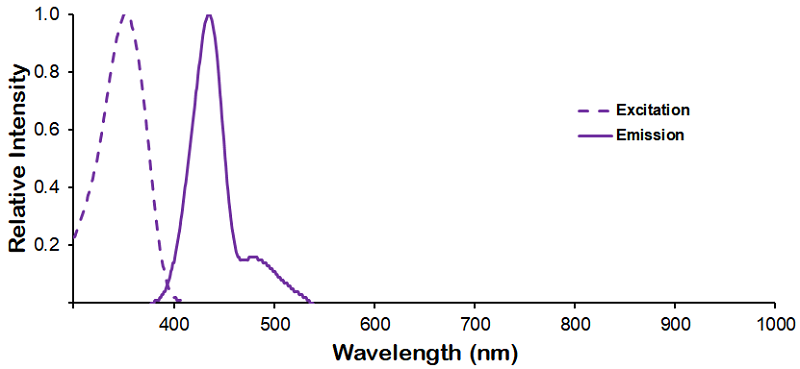
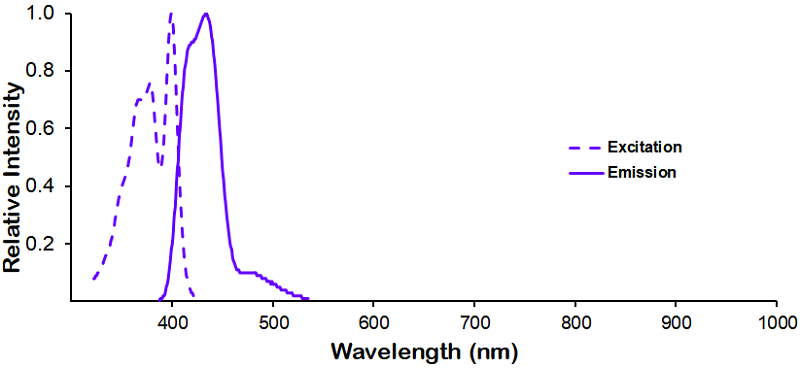
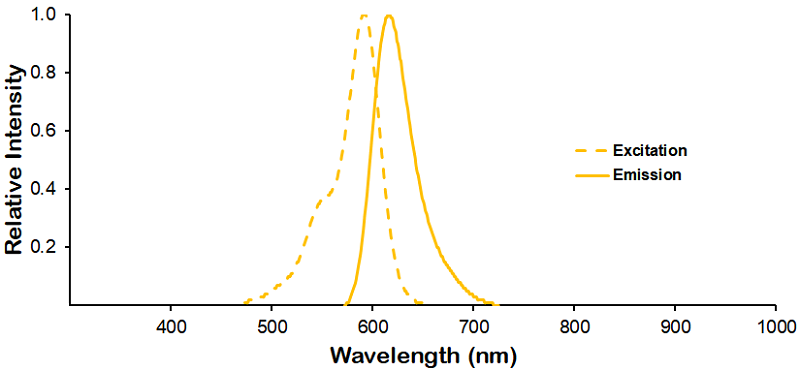
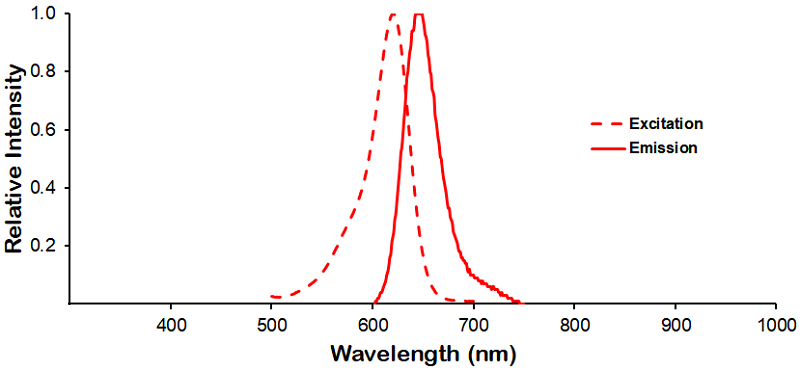
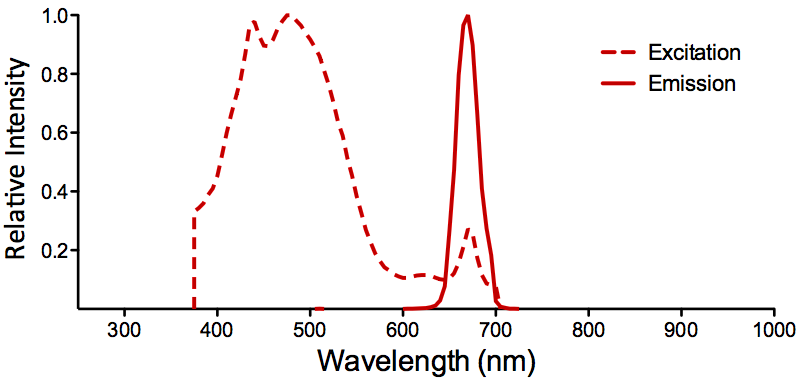
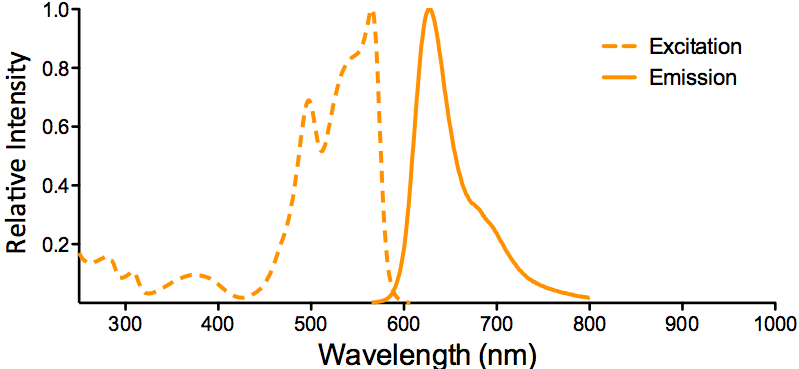
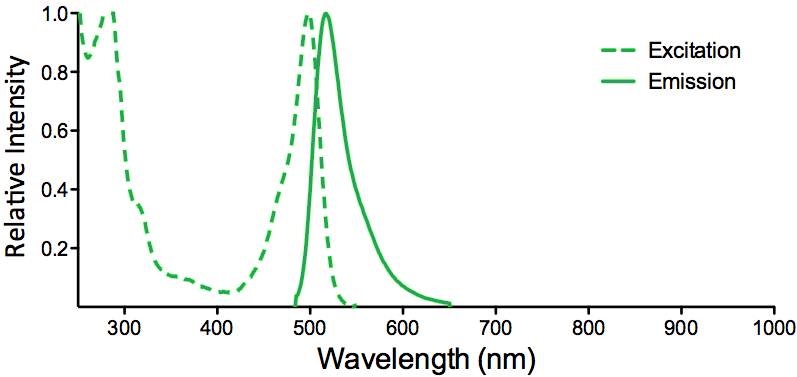
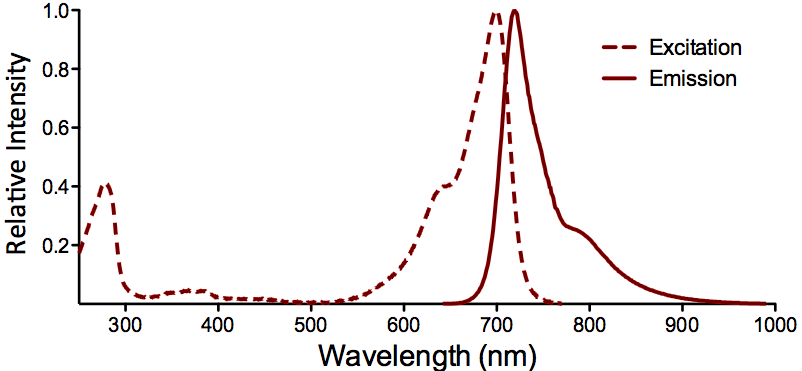
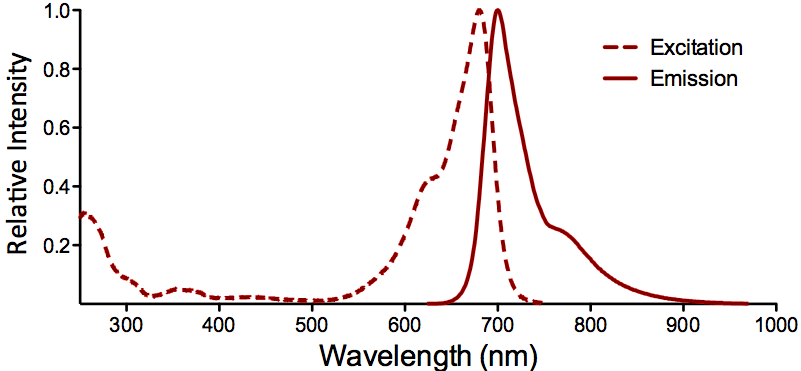
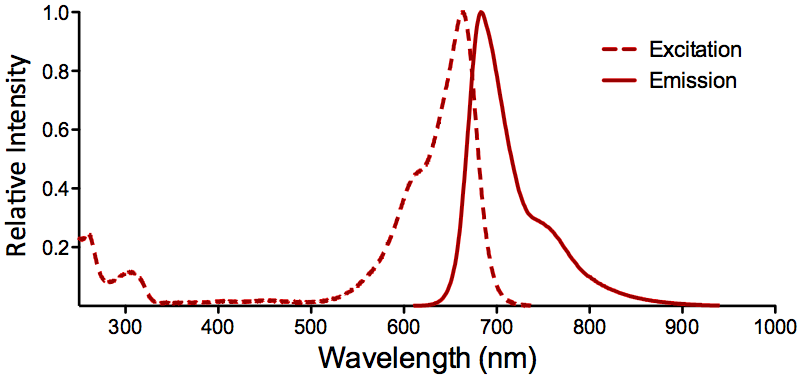
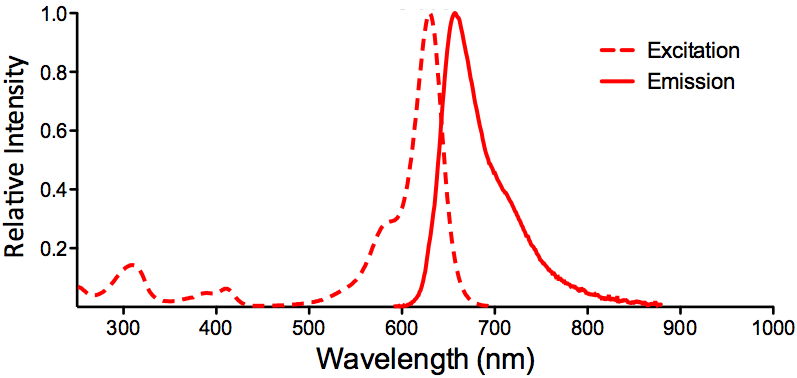
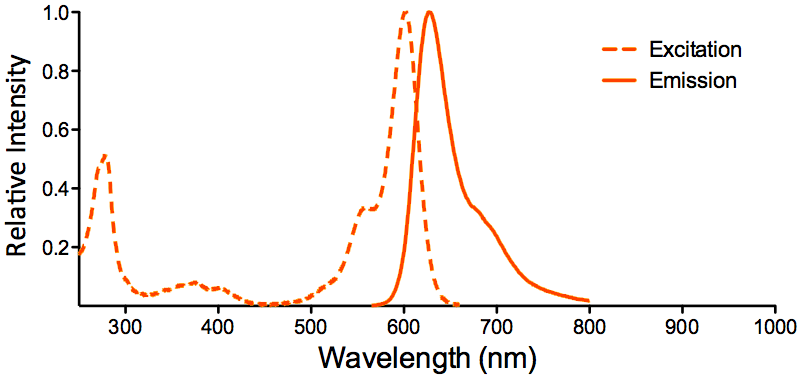
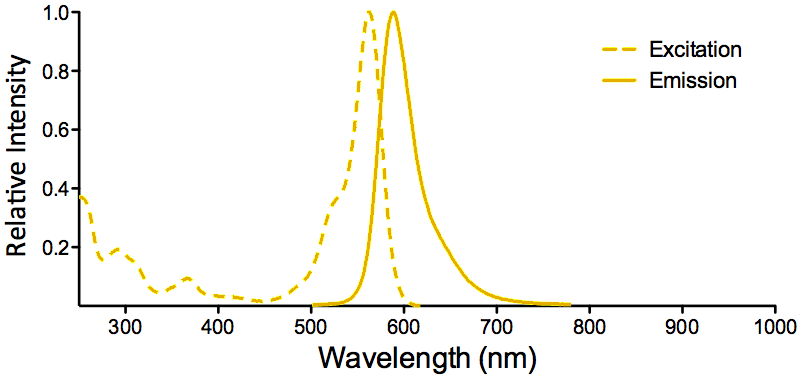

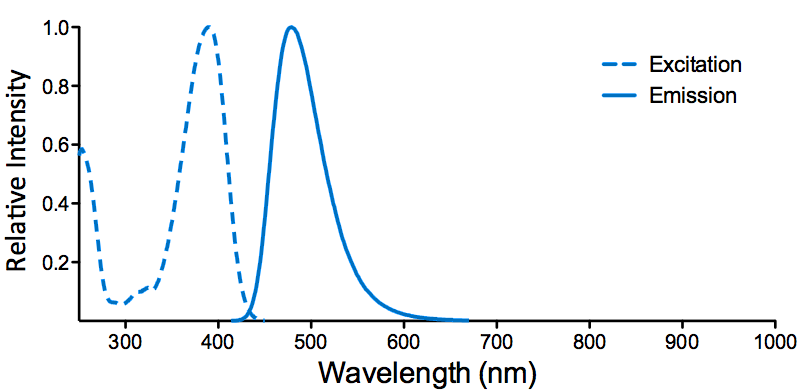

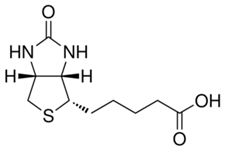
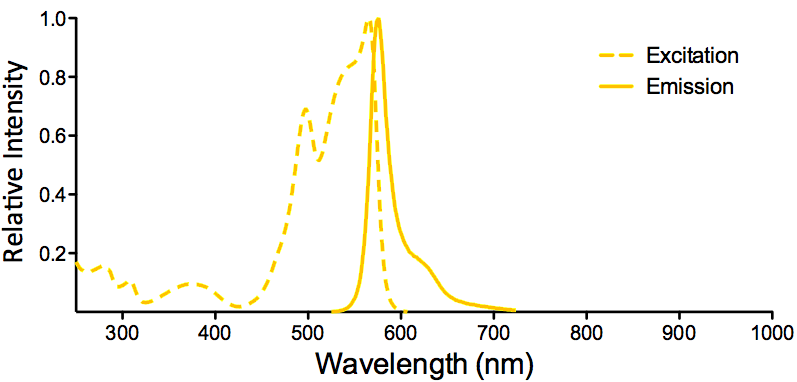
Reviews
There are no reviews yet.